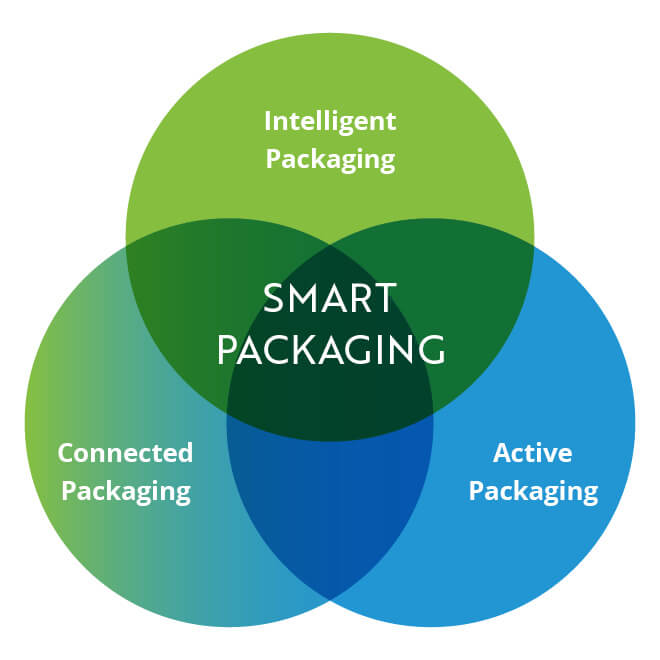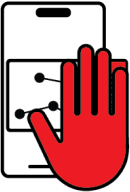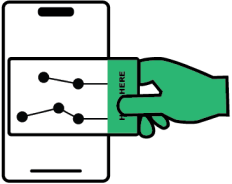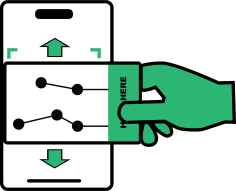Smart Packaging vs. Connected Packaging: What’s the Difference?
Marketers of retail and packaged goods regularly hear about new packaging options and the terms that relate to them, like “smart packaging,” “active packaging,” “intelligent packaging,” and “connected packaging.” What do those terms actually mean, and what are the differences among them?
In this guide, we’ll explain what each term means and how these types of packaging benefit specific types of products and companies, so you can decide which ones matter most to you and your business.
Smart Packaging
“Smart packaging” is an umbrella term that describes packaging that uses technology to do things that go beyond just housing a product. Smart packaging is usually embedded with technology that can sense or provide information about the product or brand. Smart packaging describes a large category of packaging that leverages technology to provide functionality that goes beyond simply housing a product.
Intelligent Packaging
“Intelligent packaging” is one type of smart packaging that’s typically used for food, beverage, and pharmaceutical products. Intelligent packaging may include sensors that can detect the freshness or temperature of the package contents. Freshness or time/temperature indicators or sensors can be integrated inside or outside the packaging to show retailers and customers if an important limit has been exceeded.
For example, a color change in the packaging could indicate bacterial growth, leaky packaging, or temperature disruption. In the pharmaceutical industry, intelligent drug packaging with built-in RFID chips, LEDs, and tiny loudspeakers can register the removal of pills and sound an alarm if they are taken incorrectly. Medication packaged with NFC chips allows customers to read package inserts and reorder medication using a smartphone.
Active Packaging
Also popular in the food and beverage industry, “active packaging” goes a step further than intelligent packaging to allow the package to interact with its contents in order to improve product shelf life or the quality of the contents during storage. Light filtering materials, oxygen and ethylene absorbers, antimicrobial surface coatings, and moisture-regulating materials can be integrated into the packaging or added separately as an insert.
For example, active packaging may release antimicrobial agents to prevent bacterial growth when it senses that a product’s freshness is being compromised. Some beers packaged in plastic bottles contain oxygen absorbers in the screw caps that can extend the beer’s shelf life from three to six months. Film packaging with ethylene absorbers can absorb the ripening hormone ethylene while the food is being stored to ensure a longer shelf life.
Connected Packaging
By contrast, “connected packaging” isn’t limited to food and beverage products—it has applications in almost every retail product category, including toys, cosmetics, gaming, and apparel. In connected packaging applications, a special code is printed on or within the product’s package. Consumers can activate this code with a mobile device to receive exclusive content.

For example, Smashbox Cosmetics used Touchcode’s conductive ink to embed an invisible code on a card that was included in its eyeshadow packaging. The card invited customers to visit a website, touch their mobile device to the card, and unlock a series of exclusive online video tutorials where they could learn professional makeup tips.
Because the code was invisible to the consumer, it did not interfere with the graphic design or copy on the card. Consumers simply typed a short URL into their mobile device, then touched the “connected” card to the screen to unlock the content. The campaign achieved a 23% activation rate, with a return user base of 50%, and increased website traffic by 1,300%.
Other brands have used connected packaging to offer exclusive content and collectible items.

P.M.I., Israel’s leading producer, marketer, and distributor of branded leisure products for children and teens, integrated Touchcode into the market-leading soccer card game iSupergol. The collectible cards allowed soccer fans to scan an invisible code and get direct access to exclusive content via a digital app.
The app was downloaded 22,000 times in the first five weeks of the campaign. Within two weeks of launch, 7.5 million products in iSupergol booster packs, which included stickers and Touchcode cards, sold out completely.
Brands also use connected packaging to deliver coupons, offer collectible items, and allow consumers to confirm whether a product is authentic.
Connected packaging applications are gaining popularity with marketers due to its ability to create deeper relationships with customers to elevate brand loyalty and increase customer lifetime value.
Let’s Review the Terms
Smart Packaging: Umbrella term to describe packaging with enhanced functionality through technology.
Intelligent Packaging: Contains sensors to determine the condition (e.g., freshness or temperature) of the product. Primarily used in food and beverage applications.
Active Packaging: Interacts with the package contents to alter its condition, especially to extend freshness or shelf life. Primarily used in food and beverage applications.
Connected Packaging: Allows consumers to interact with a product through a code on the package that can be activated with a mobile device. Used by brands to deliver exclusive content to its customers.

Smart Packaging Enhances Your Brand
Smart packaging is a great way to help customers connect in new ways with your brand by leveraging technology to create new experiences. Touchcode’s connected packaging solutions offer brands the opportunity to create and share unique digital content with customers.
Ready to learn how smart packaging can help your brand create deeper relationships with customers? Contact us today.



